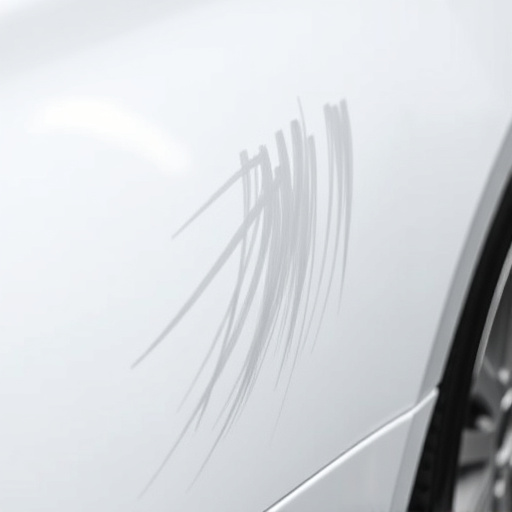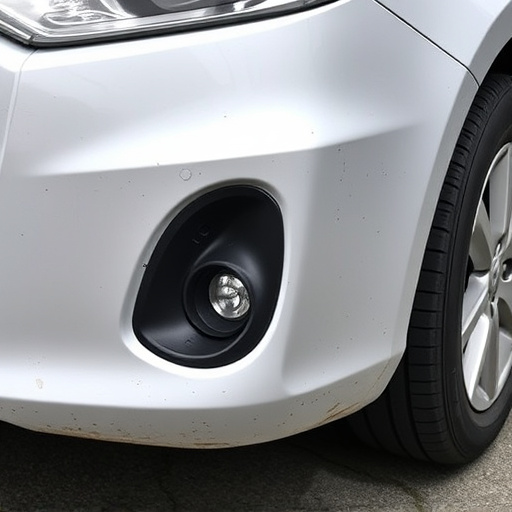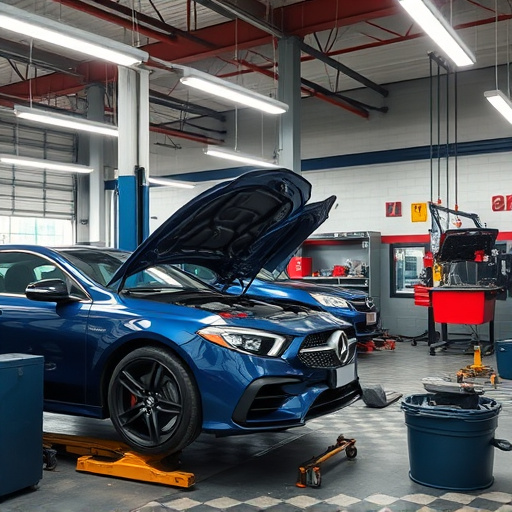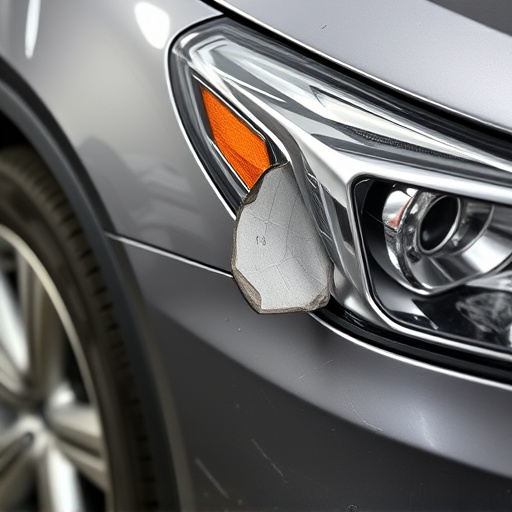Repairing the Mercedes Fragrance System requires a detailed understanding of its components: scent diffuser, control unit, and sensors. After reinstallation, ensure meticulous processes including recalibration, part replacement/cleaning, and precise handling for optimal performance and vehicle aesthetics. Common issues like inconsistent scent output or sudden changes in profiles should be addressed by checking connections, recalibrating settings, replacing cartridges regularly, and cleaning sensors; complex problems may necessitate professional fleet repair services.
“Experience the revitalizing aroma of your Mercedes with this comprehensive guide to repairing and reinstaling its sophisticated fragrance system. This intricate feature enhances the cabin’s ambiance, transforming routine commutes into sensory journeys. Our step-by-step process, tailored for both enthusiasts and professionals, navigates the intricate components of the Mercedes fragrance system repair. From disassembly to recalibration, we demystify each crucial step. Moreover, discover solutions to common issues that may arise post-repair, ensuring your vehicle’s aromatic symphony functions flawlessly.”
- Understanding Mercedes Fragrance System Components
- Step-by-Step Guide: Reinstallation Process
- Troubleshooting Common Issues After Repair
Understanding Mercedes Fragrance System Components

The Mercedes Fragrance System is a sophisticated feature that enhances the interior ambiance of Mercedes-Benz vehicles. Comprised of several intricate components working in harmony, it includes a scent diffuser, a control unit, and various sensors. The scent diffuser disperses fragrances throughout the cabin, while the control unit manages and adjusts scent intensity based on vehicle settings and passenger preferences. Sensors detect factors like air quality and temperature to optimize fragrance distribution.
When undertaking Mercedes fragrance system repair after reinstallation, it’s crucial to have a deep understanding of these components and their interactions. Auto body repair specialists must ensure proper recalibration of the control unit and replacement or cleaning of affected parts, such as the scent diffuser, to restore optimal performance. Like automotive body work, delicate handling is essential to maintain the system’s functionality and the overall vehicle aesthetics.
Step-by-Step Guide: Reinstallation Process

After successfully replacing your Mercedes fragrance system unit, the next step is a meticulous reinstallation process to ensure optimal performance. Begin by gathering all necessary tools and materials—a new Mercedes fragrance system unit, replacement screws (if needed), and any recommended sealing or adhesive products. Turn off the power supply to the system before starting for safety. Next, locate the existing mounting points on your vehicle, usually beneath the dashboard or within the cabin air filtration system. Remove any debris or old adhesive residue from these areas.
With a clear workspace, carefully align the new unit with the designated mounting points. Secure it in place using the appropriate hardware, ensuring each screw is tightly fastened without over-tightening to avoid damage. Once the unit is firmly attached, reattach any panels or covers that were removed during the initial disassembly. Test the system to confirm proper functionality, including scent distribution and air flow adjustments, before proceeding with other post-installation checks, such as auto painting or bumper repair if necessary.
Troubleshooting Common Issues After Repair

After successfully reinstalling your Mercedes fragrance system, it’s common to encounter minor issues that require attention. Troubleshooting these problems is an essential step in ensuring your vehicle’s interior aroma experience is up to par. One frequent challenge is an inconsistent or weak scent output, which could be due to air leaks in the system or improper settings on the control unit. Check for any loose connections and ensure all components are securely fastened. It may also help to recalibrate the fragrance intensity settings using the vehicle’s diagnostic tools.
Another common issue is unexpected changes in scent profiles, such as off-odors or inconsistent releases. This might indicate a problem with the fragrance cartridge or a faulty sensor. Regularly inspect and replace the fragrance cartridges according to the manufacturer’s recommendations. Additionally, verify that the sensors are clean and free from debris, ensuring optimal detection of selected fragrances. For more complex issues persisting after these initial checks, consider reaching out to professional fleet repair services or automotive experts specializing in vehicle repair for advanced diagnostics and solutions.
After successfully reinstalling your Mercedes fragrance system, it’s crucial to address any common issues promptly. Regular maintenance and timely repairs are essential for the optimal performance of this feature. By understanding the components and following a meticulous reinstall process, you’ve taken significant steps towards enhancing your vehicle’s interior ambiance. Remember that prompt troubleshooting can prevent minor problems from becoming major headaches, ensuring a pleasant driving experience with every scent. For any recurring issues, consult a professional to diagnose and fix your Mercedes fragrance system repair needs effectively.














